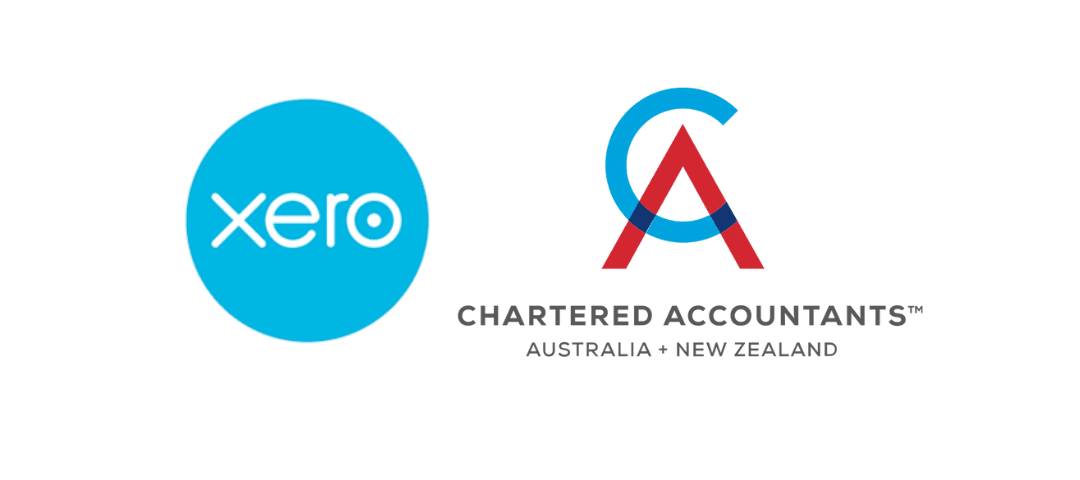When a business borrows money to earn taxable income, the interest cost will be tax deductible. The key test is the “use” of the borrowed money, rather than the purpose of borrowing. There must be a clear nexus between the interest incurred and the production of taxable income.
In determining the use of the borrowed money, the “flow” of money is traced.
Security
The security provided for the borrowing does not determine tax deductibility. For example, if a business borrows money to buy a private boat and offers a business asset as security (say a work vehicle), an interest deduction is not available. Conversely, if a private asset (family home), is offered as security and the borrowed money is used entirely to derive taxable income, all the interest should be deductible.
There are some exceptions to this rule. If a company borrows money, the entire interest will generally be tax deductible regardless of the use of the borrowed money.
Cost of Borrowing
If an individual borrows money using the security from a private home, the cost of borrowing (interest rate) may be lower, compared to an unsecured business loan or overdraft. For example, home loan rates are currently 3.49% pa, and a business loan may be ~14.9% pa. For a $100,000 loan, having a private loan with the private home as security may result in interest savings of $11,410 pa compared to a business loan or overdraft.
Back to Back Loan Agreements
Because an individual may have a lower cost of borrowing, an individual may borrow money in their own name, and then lend the money borrowed to their business entity. In such situations there are two transactions that take place:
- The bank lends to the individual and will charge interest on those borrowings, and
- The individual on-lends that money to their business entity
Records Keeping and Documentation
To ensure the business entity claims a deduction on interest paid, there should be:
- A loan agreement between the individual and the business entity which outlines the on-lending of the money and the charging of interest.
- The business is required to deduct resident withholding tax (RWT) on interest paid to an individual if the total interest paid exceeds $5,000 pa.
For example
Frank borrows $200,000 interest only at 3.96% pa from ASB bank. He then on-lends the $200,000 to his business (FBC Limited) which uses the money to purchase a rental property. Frank documents this loan and charges his business 3.96% pa interest (the same as what he pays ASB bank).
Each month, Frank pays ASB the interest only amount being $660 (3.96% monthly interest on $200,000). And, FBC Limited pays Frank interest being $660 each month. However, FBC Limited must deduct RWT (say 33%) and pay $220 RWT to IRD each month. Frank receives the net interest amount being $440 each month.
Frank must pay ASB bank $660 of interest per month, but Frank only receives $440 in net interest received from FBC Limited. This will create a cashflow shortfall of $220 each month.
At the end of the financial year, Frank has paid total interest of $7,920 to ASB, and he has received $5,280 in net interest from FBC Limited (gross $7,920 less $2,640 RWT Paid). Frank would be able to claim the $2,640 RWT paid as a tax credit in his tax return and provided he had no other income this would be refunded back to him. Although the RWT is being refunded to him, he would still have a monthly cashflow shortfall during the year.
Frank may be able to apply to IRD for a withholding tax exemption certificate. This would mean that FBC Limited would not be required to deduct withholding tax.
RWT exemptions are generally approved by IRD if an individual has losses carried forward, an RWT refund of $500 or more, or has annual gross income greater than $2 million. An RWT exemption will depend on the specific circumstances of the individual.
Recommendations
We recommend that additional loan documentation costs, ongoing compliance time and costs of preparing and filing RWT return, and potential cashflow shortfalls (due to RWT deductions) be considered when considering back to back loan agreements.
Structuring lending without back to back loan agreements, and still achieving home loan lending rates is possible in most situations. This can prevent additional compliance costs and potential risks of non-deductible borrowing.
Please contact us to review your borrowing and structure today.
Would you like to know more
Contact Tim Doyle or Jane Evans today for a no obligation phone call or meeting on 07 823 4980 or Contactus. Our office is in Cambridge, NZ, but distance is no problem. We have many international and national clients.
This material has been prepared for informational purposes only, and is not intended to provide, and should not be relied on for, tax, legal or accounting advice. You should consult your own tax, legal and accounting advisors before engaging in any transaction.





